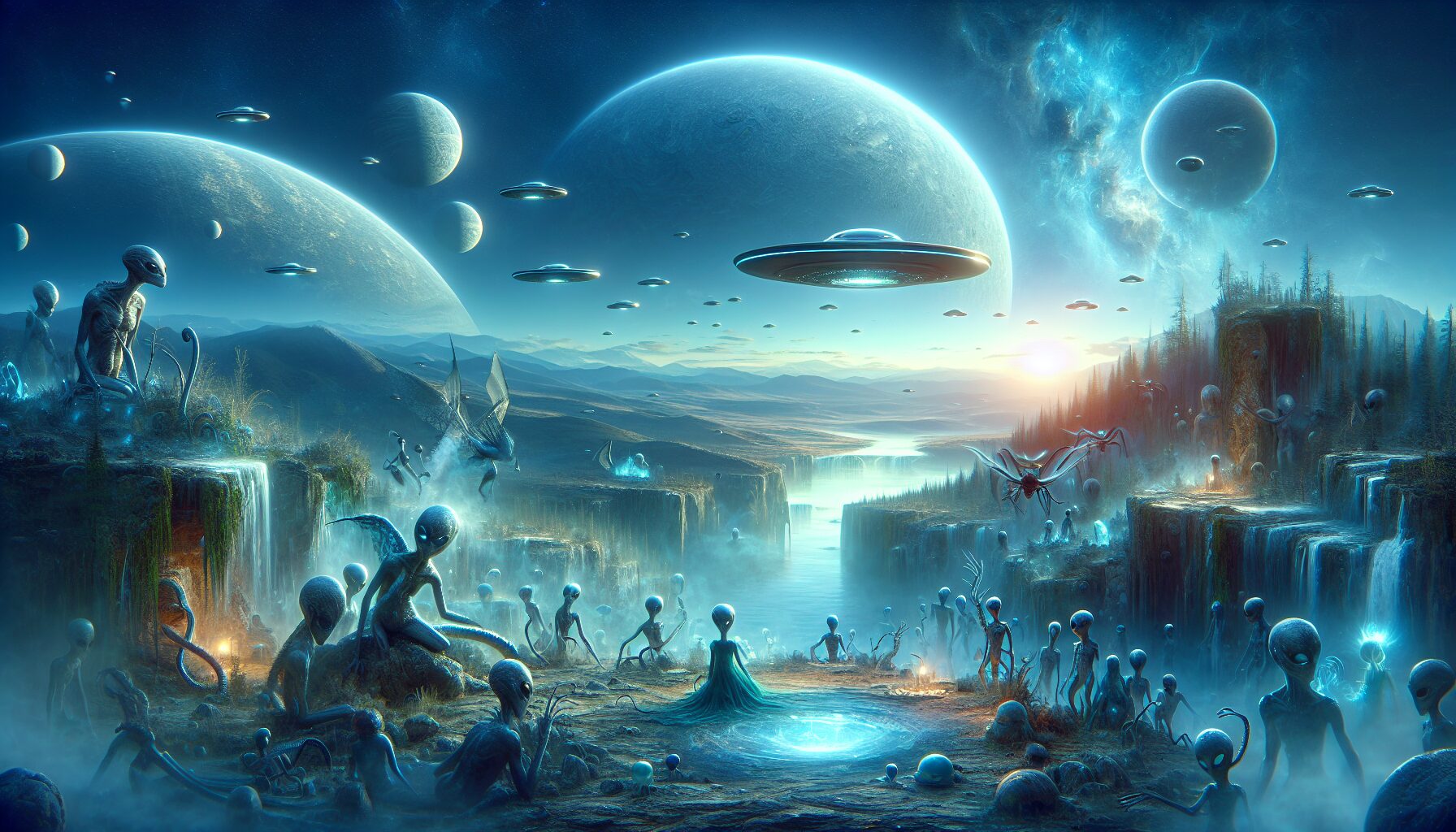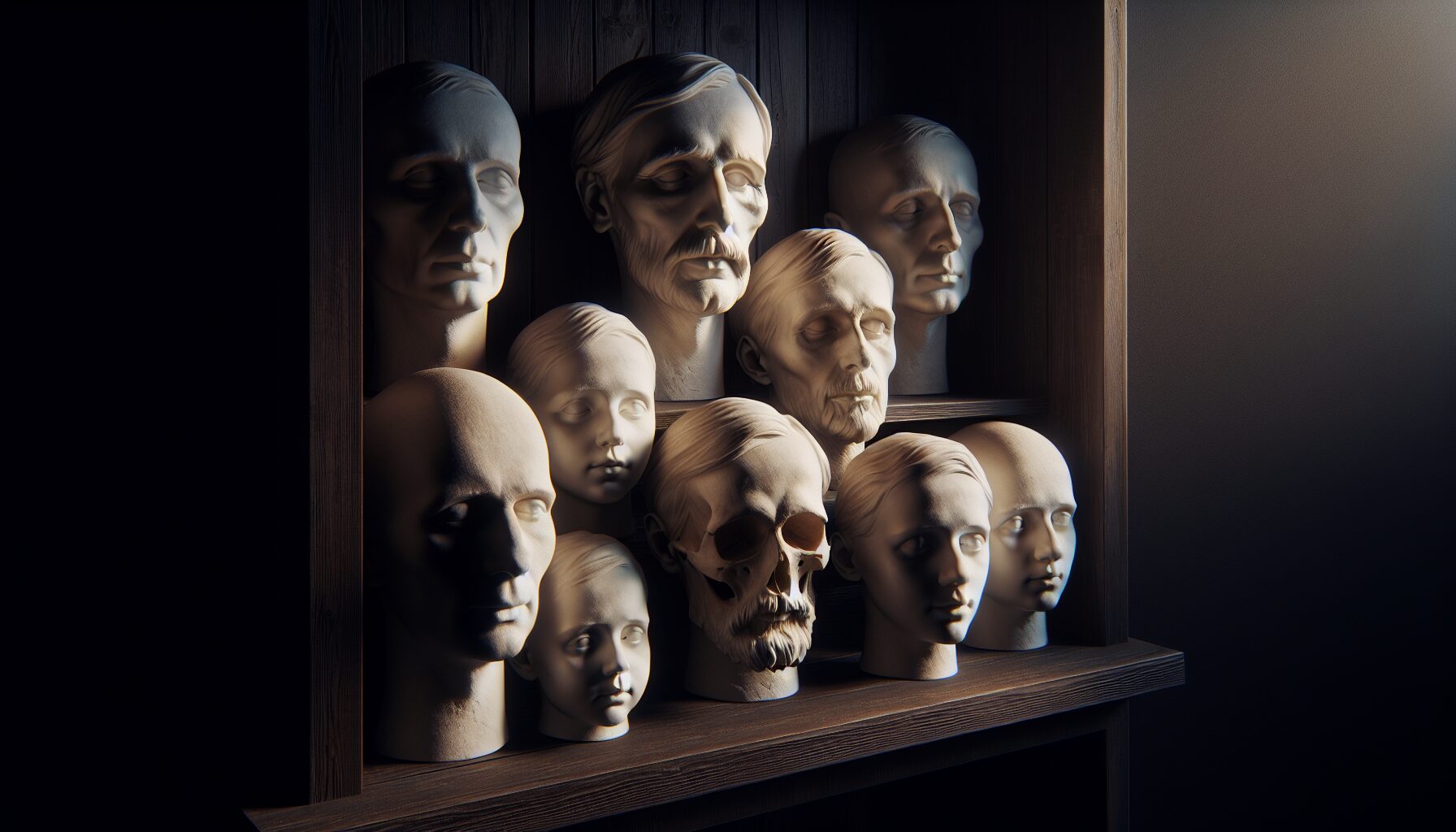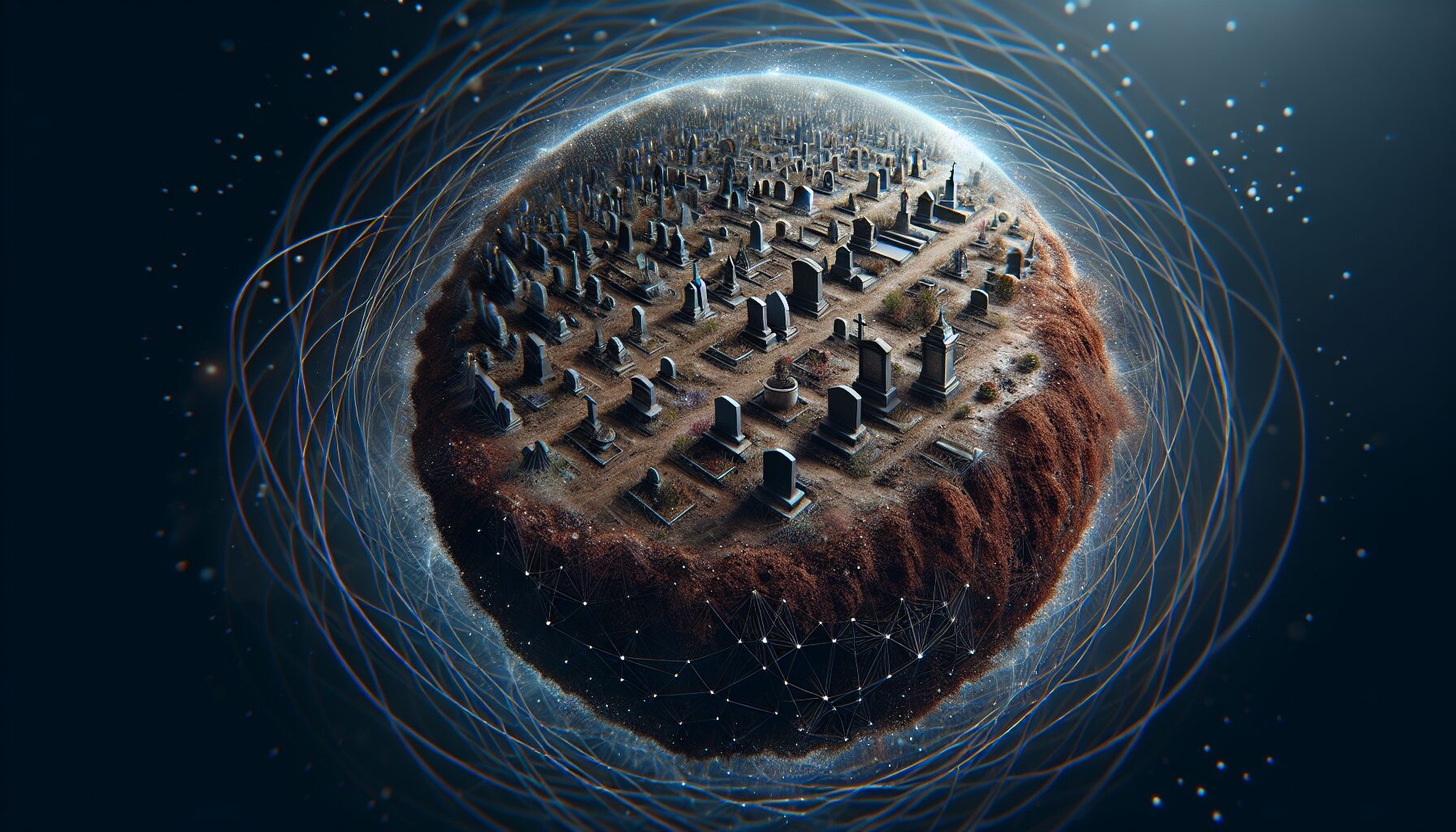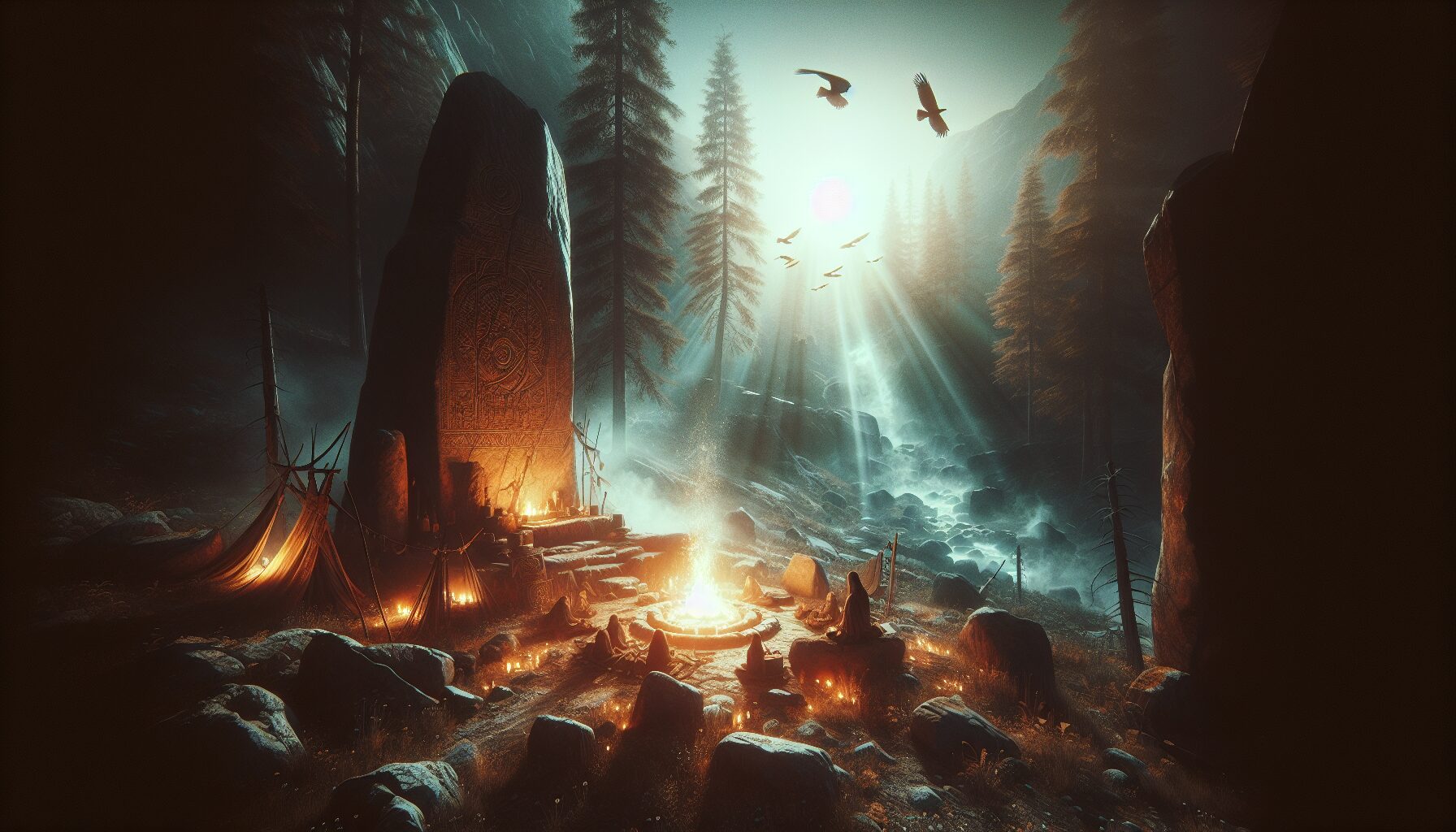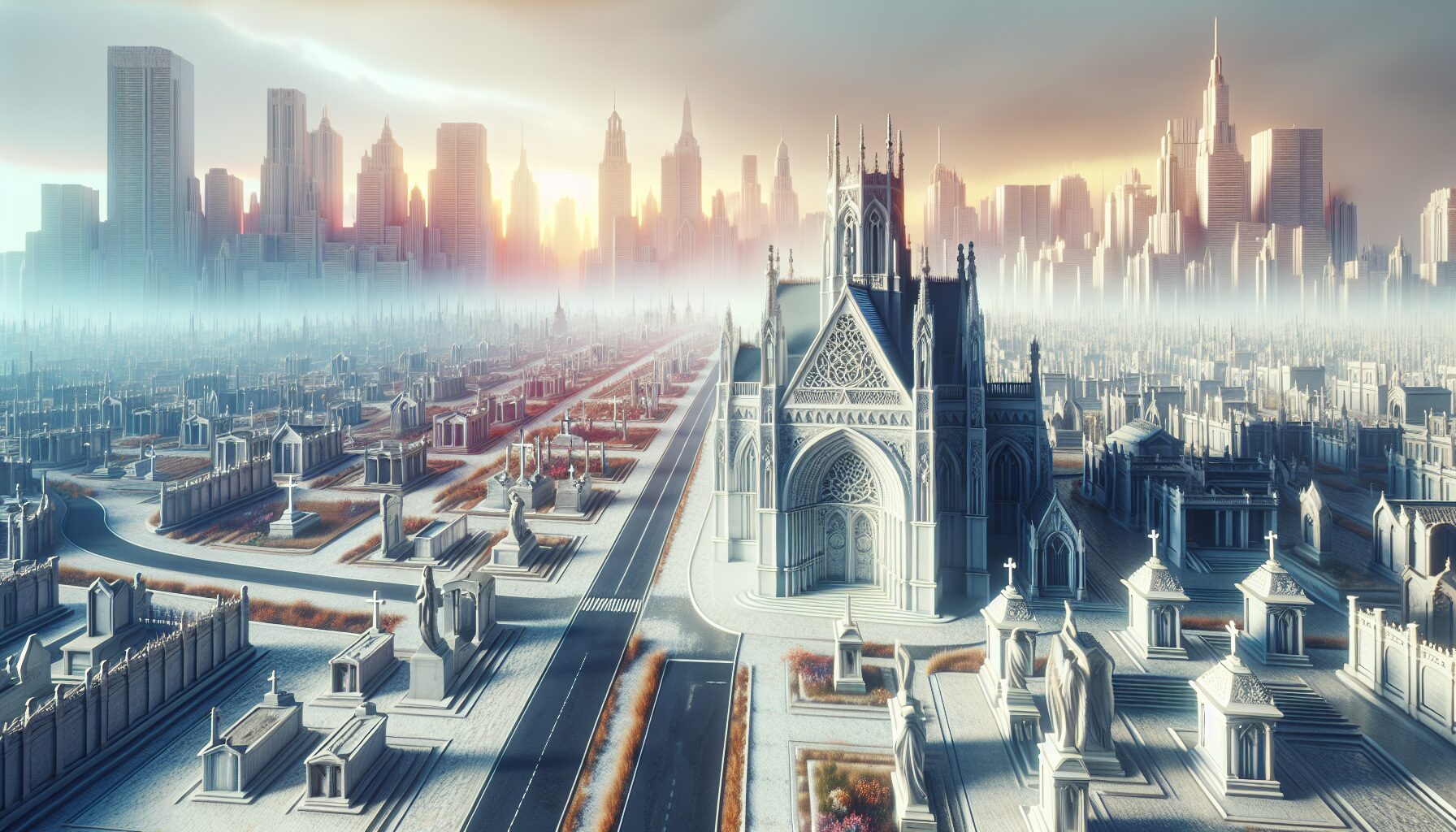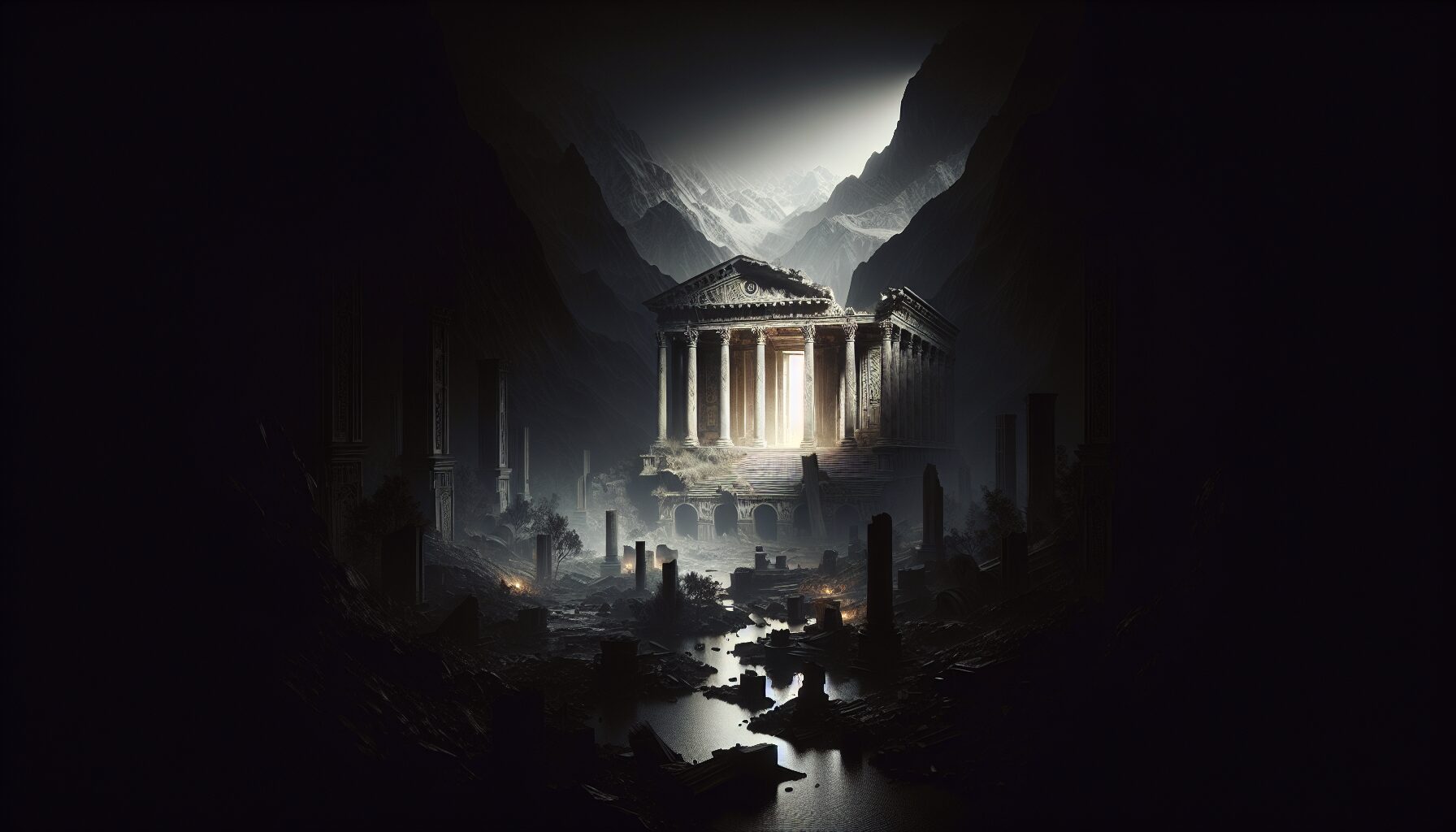Infernal Codes: Demonic Symbols and Meanings
Throughout history, symbols have served as a powerful means of communication, transcending language barriers and cultural differences. In the realm of the arcane and the esoteric, demonic symbols hold a particularly captivating allure, often shrouded in mystery and misunderstood. This article delves into some of the most intriguing demonic symbols, the meanings ascribed to them, and their cultural significance.
1. Understanding Demonic Symbols
Demonic symbols are often associated with occult practices, black magic, and demonology. While many of these symbols originate from ancient religious texts and folklore, they have evolved over time, taking on new interpretations and meanings.
“Symbols are the imaginative signposts of life.” — Margot Asquith
2. Notable Demonic Symbols
Below is an exploration of some of the most prominent demonic symbols and their purported meanings:
-
The Sigil of Baphomet
Often associated with Satanism, the Sigil of Baphomet features a goat’s head enclosed within an inverted pentagram. This symbol is commonly used by the Church of Satan, where it signifies the rejection of traditional religious beliefs in favor of individualism and spiritual freedom.
-
The Leviathan Cross
Also known as the Satanic cross, the Leviathan Cross consists of an infinity symbol at its base, topped with a double cross. This emblem represents balance between the physical and spiritual realms and is a symbol of the diabolical duality.
-
The Seal of Solomon
Historically used in the Key of Solomon, a grimoire attributed to King Solomon, this symbol incorporates the Star of David but recontextualized in occult practices. It’s believed to control demons and protect against evil forces.
-
The Black Sun
With its origins in ancient Germanic mysticism, the Black Sun consists of twelve radial runes forming a circular image. It has been (mis)appropriated by various groups but originally was associated with occult power and esoteric knowledge.
3. The Cultural and Historical Context
These symbols and others like them have been imbued with different meanings throughout history, influenced by the contexts in which they were used. Understanding their cultural significance is essential to appreciating their power and allure.
-
Religious Texts and Folklore
The origins of demonic symbols often lie in ancient religious texts and folklore that aimed to explain and demystify the unknown forces of the world. In the Bible and other sacred texts, demons are frequently depicted as antagonists to divine beings, bestowing these symbols with a sense of fear and reverence.
-
Art and Literature
Artistic representations of demonic symbolism have appeared in numerous forms, from classic literature like Goethe’s Faust to modern films and video games. These representations help to both cement their cultural significance and transform their meanings over time.
4. Misconceptions and Stereotypes
Demonic symbols can often be misinterpreted, especially when removed from their cultural and historical contexts. The modern portrayal of these symbols in popular culture can lead to a one-dimensional view that ignores their rich and varied significance.
“The symbol of progress is one of direction, not of location.” — James Russell Lowell
5. Conclusion: The Power of Symbols
The enduring intrigue of demonic symbols demonstrates the profound impact of symbols as tools of expression, representation, and power. Whether they serve as objects of fear, veneration, or fascination, their meanings evolve with society and continue to inspire—or terrify—generations. For anyone interested in deeper explorations of the occult and the esoteric, understanding these symbols is crucial as a key to unlocking the mysteries of the human psyche and culture.
Through exploration and education, these ancient and enigmatic symbols reveal their complexity and their capacity to adapt and maintain relevance in an ever-changing world.
